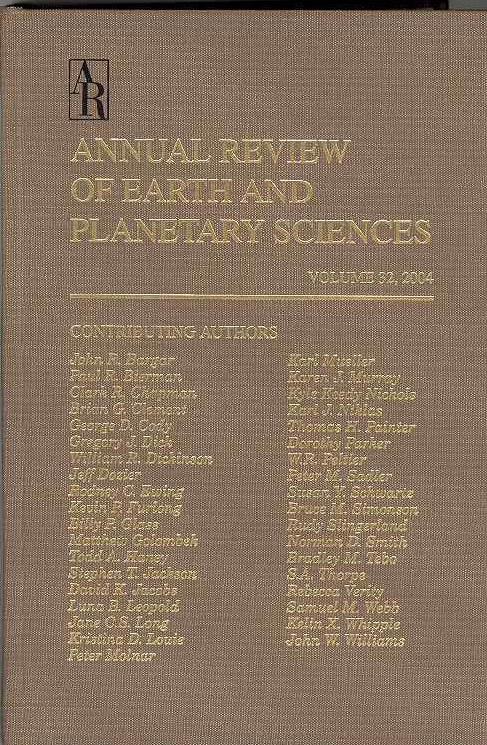A Holistic View of Climate Sensitivity
IF 13
1区 地球科学
Q1 ASTRONOMY & ASTROPHYSICS
Annual Review of Earth and Planetary Sciences
Pub Date : 2025-02-20
DOI:10.1146/annurev-earth-040523-014302
引用次数: 0
Abstract
The notion of climate sensitivity has become synonymous with equilibrium climate sensitivity (ECS), or the equilibrium response of the Earth system to a doubling of CO气候敏感性的整体观点
气候敏感性的概念已经成为平衡气候敏感性(ECS)的同义词,或地球系统对二氧化碳增加一倍的平衡反应。但是,气候敏感性的测量方法是有层次的,它们可以按照日益增加的复杂性和社会相关性的顺序排列,并反映了气候模型的历史发展。这一层次结构的要素包括众所周知的ECS和瞬态气候响应,以及鲜为人知的累积排放和零排放承诺的瞬态气候响应。本文描述了气候敏感性的层次结构和相关的建模方法。在此过程中回顾的关键概念包括气候强迫和反馈、海洋热吸收和累积排放的空气传播部分。我们自始至终采用简化的理论模型来概括这些数量的已被充分理解的方面,并强调我们在理解和未来进展方面的差距。▪气候敏感性的测量有一个等级,它们表现出一系列的复杂性和社会相关性。平衡气候敏感性只是其中一种测量方法,我们对它的理解可能已经达到了平台期。▪更复杂的测量方法引入了新的量,例如海洋热吸收效率和空气传播比例,这些都值得多加注意。
本文章由计算机程序翻译,如有差异,请以英文原文为准。
求助全文
约1分钟内获得全文
求助全文
来源期刊

Annual Review of Earth and Planetary Sciences
地学天文-地球科学综合
CiteScore
25.10
自引率
0.00%
发文量
25
期刊介绍:
Since its establishment in 1973, the Annual Review of Earth and Planetary Sciences has been dedicated to providing comprehensive coverage of advancements in the field. This esteemed publication examines various aspects of earth and planetary sciences, encompassing climate, environment, geological hazards, planet formation, and the evolution of life. To ensure wider accessibility, the latest volume of the journal has transitioned from a gated model to open access through the Subscribe to Open program by Annual Reviews. Consequently, all articles published in this volume are now available under the Creative Commons Attribution (CC BY) license.
 求助内容:
求助内容: 应助结果提醒方式:
应助结果提醒方式:


